In the last (first!) post, I promised ‘seasonal recipes’… and then slightly regretted it. Not because I lack excitement in sharing my culinary adventures, far from it, but because the word ‘recipe’ suggests a kind of measured restraint with which I do not cook. I did actually, in a previous life, run a vegan cooking website. What I’d invariably do is cook merrily into the early hours, flinging stuff about my kitchen, take photos of it, eat it, and then begin the arduous task of trying to guess, remember or approximate how I’d arrived at the outcome. Of course I had to use recipes when I was running the kitchen at Taraloka, otherwise the cooks wouldn’t necessarily know where to start, but I didn’t much use them when I was cooking and the occasional ‘helpful notes’ that were returned to me in the menu folder often betrayed my embarrassing inability to distinguish between theoretical quantities where zeroes were concerned. I once accidentally ordered 2.5 grams of mushrooms instead of 2.5 kilograms of mushrooms. The delivery driver kept a wonderfully straight face as he solemnly handed me a single cup mushroom dangling loosely in its luxuriously spacious carrier bag. Meh. Whatever.
| So, I should like to correct my earlier statement, I’m not going to be sharing seasonal recipes in the formal, traditional sense. I shall be sharing visual guides to the (mostly) seasonal, vegan food I’m preparing for us to eat. Think of them as starting points and, should you feel you need it, feel free to then search out a more formal guide to quantities and cooking times! I do believe cooking should be an intuitive art, a creative act, a magical incantation, an alchemical method for transforming matter via the hopefully joyful activity of eating and I do hope you’ll find some inspiration and permission to begin flinging things about your own kitchen! These recipes will be plant based and will avoid processed food; that’s not to say I don’t occasionally indulge in a bit of vegan ‘cheese’ or a random veggie sausage but I do think preparing meals with minimally processed ingredients is by far the most healthful for person and planet. Fortunately, I also live with an experienced organic grower, which means that a lot of what I use will be home grown or foraged. Of course, if you want to try cooking something I’ve shared, you may need to make some adjustments! |
At this time of year, Nik’s only just getting the growing underway (though we’re looking forward to some pea shoots soon!) so it’s foraging first. I’ve been doing my bit to help with the weeding by bringing nettles into the kitchen. I’m probably not really scratching the surface but it’s nice to think I’m playing a part in keeping them at bay! They also happen to be incredibly nutritious and full of vital, springy, stingy energy! Interestingly, I do actually have a nettle soup recipe on my old cooking site, which I’ll share for nostalgic value but the ‘recipe’ bears little relation to what I actually prepared for our lunch at the weekend which went something more like this:
Nettle Soup Recip(ish)
| Carefully wash a basketful of nettles (yes, we’re in an organic garden and there’s not much local traffic but there’s probably some agricultural runoff from the local fields and I know the dog’s not the only one to take a leak in random places). Please don’t ask me how big the basket was. Here’s a picture. Sting yourself a bit as you cut the leaves off the stems and then remember the gloves. Look in the ‘fridge and fish out some veg that looks like it would be happier in a stock than where it’s currently languishing. Roughly that sort thing, vague amounts will do, potatoes are a really good addition. I’ve recently discovered that potatoes are a much nicer addition to soup if you peel and boil them separately first. Apparently this helps stop them overpowering the other flavours and improves the texture. I’ve only tried it this once but I’m convinced. Having said that, if you’re short on time you could happily chuck them in with all the other veg, I doubt anyone would really notice. Chop the other veg and sauté it in some tasty fat (I used sunflower oil because it’s cheaper but I’d have liked to use rapeseed or olive) to get all the flavours going. Fat carries flavour, so for sure you can cook things in water if you need to have a very low fat diet for some reason... but I’m sorry to say it almost certainly won’t be as fully flavoured as it’s fatty cousin. |
| This is a good time also to add black pepper, salt if you want it, herbs, culinary seeds, that sort of thing. All their flavours get in on the party too. Add some vegetable stock and let it do its thing for a bit whilst you blanch the nettles. That’s a posh word for ‘pour boiling water on them’. Depending on what you’re cooking, you might want to do that in a sieve but I kept them in their water this time so as to not lose any of their flavour or goodness down the sink! Hooray! No need to remember the gloves any longer, your nettles are now not stingy! Add them to the mix, complete with their lovely dark greeny-blue water and then have a mild panic about the lack of protein. Resort to the freezer and chuck in a handful (maybe a cupful?) of frozen peas with a sigh of relief. Cook it a little until they are defrosted and move on to the fun bit; time to release the stick blender! Up to you how smooth you like it. I tend to take this one pretty smooth but no reason not to keep it a bit chunky for character. It’ll hang out there for a little while but avoid letting it boil if you can. Flavours (and probably nutrients) tend to do better below 100 degrees in my experience. |
When you’re ready to serve, stir in some chopped fresh mint (that’s the other thing we can reliably harvest from the garden now and will also get out of hand very quickly if we don’t keep on top of it!) and lemon juice. Sorted. The amount you can see here served two good bowlfuls, twice. I suppose a more straightforward way of saying that is four portions, but where’s the fun in that? I think the real point to make there is that it keeps well. Actually, like many things, time deepens and improves the flavour.
A Visual Journey of Nettle Soup!
Incidentally, Milarepa, the 11th Century Tibetan Buddhist Yogi is famous for existing on a diet of nettles. It would be my hope that any food you prepare that's inspired by this article would nourish you on your own journey to happiness and enlightenment for the benefit of all beings… but I suspect Milarepa wouldn’t advocate my use of bulking ingredients, fat and flavouring so perhaps I’ve got a little way to go just yet!
With love until next time, Annabeth xx
With love until next time, Annabeth xx
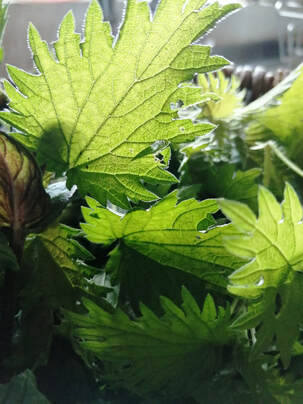
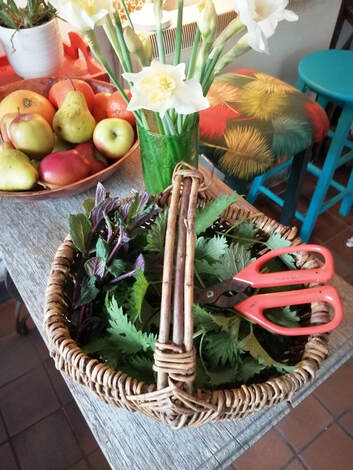
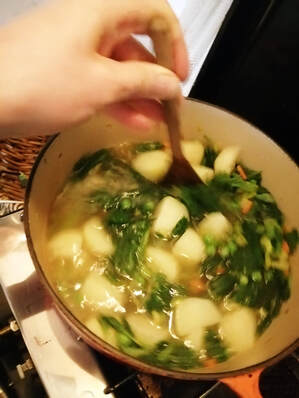
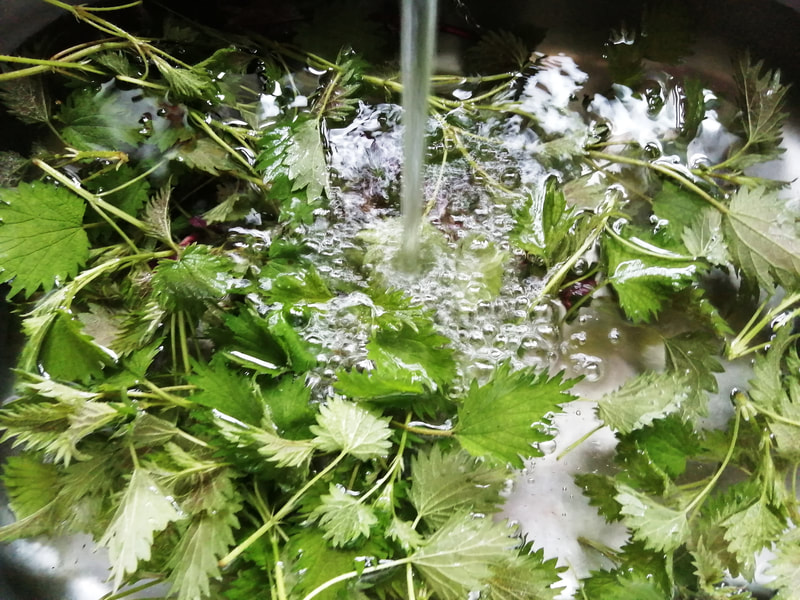
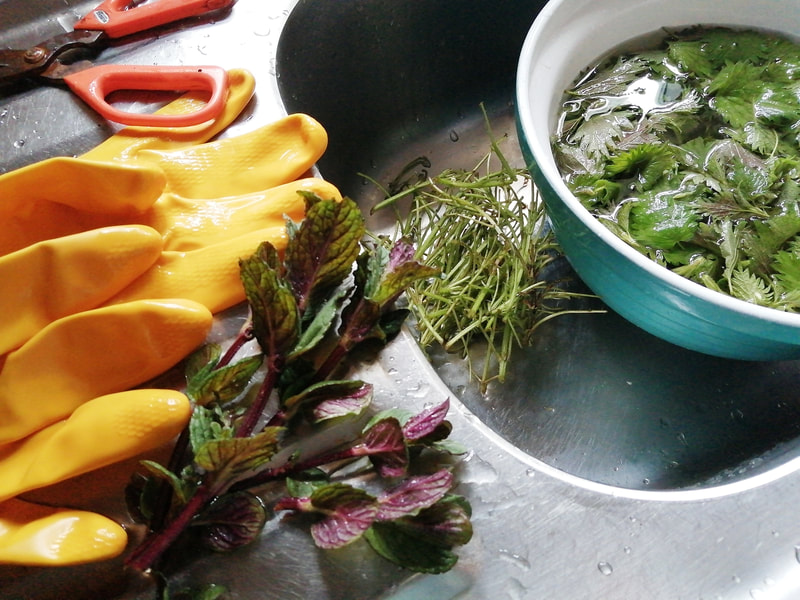
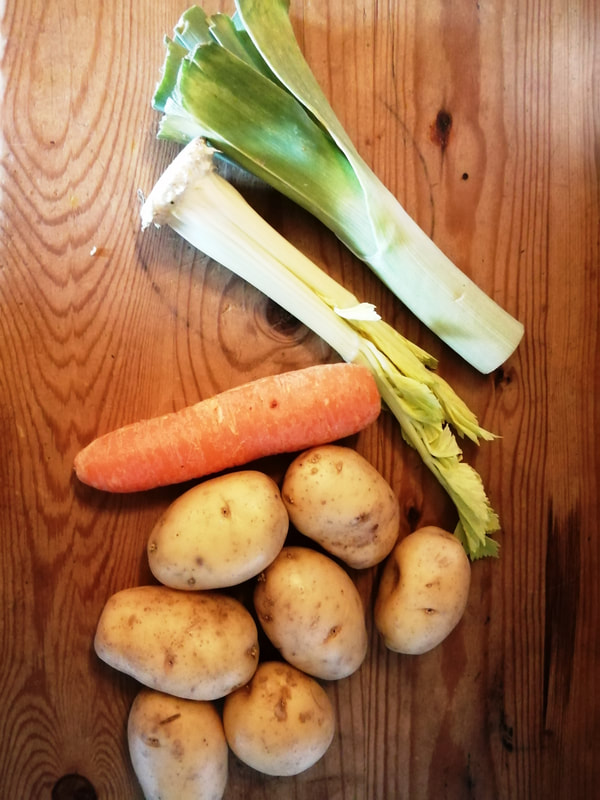
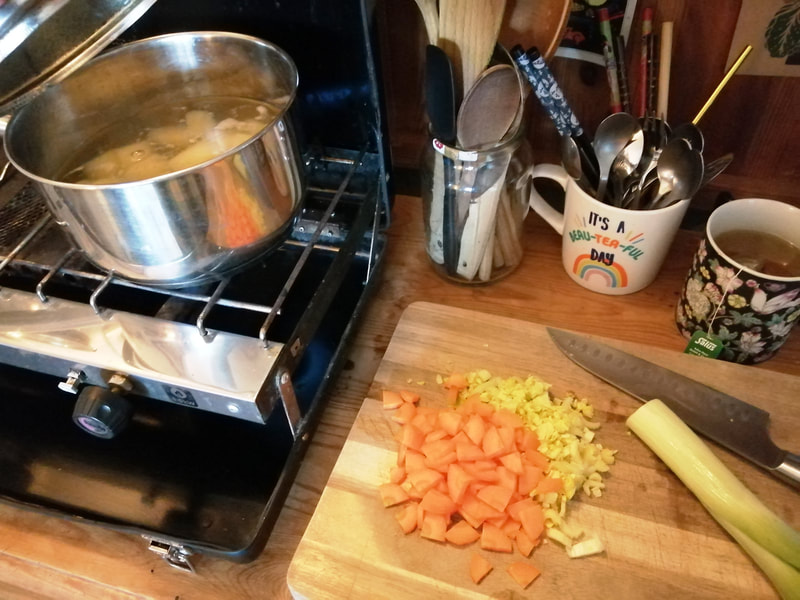
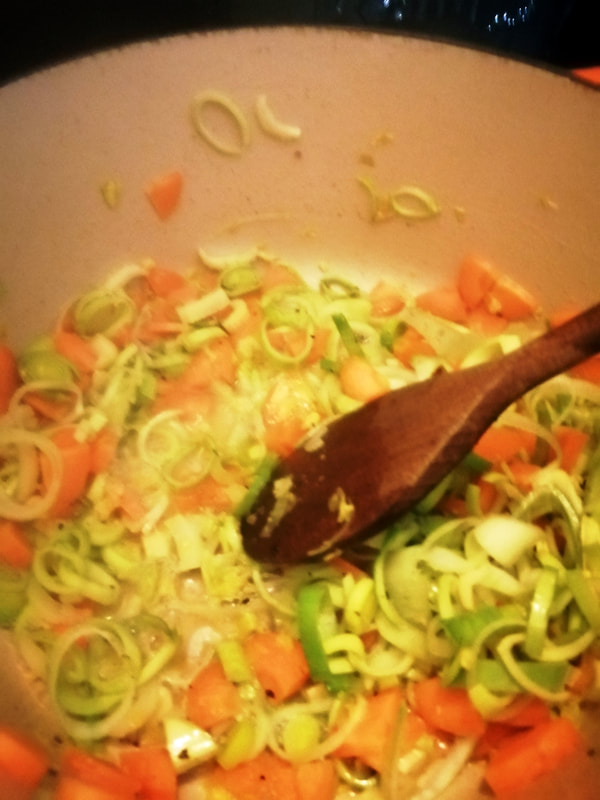
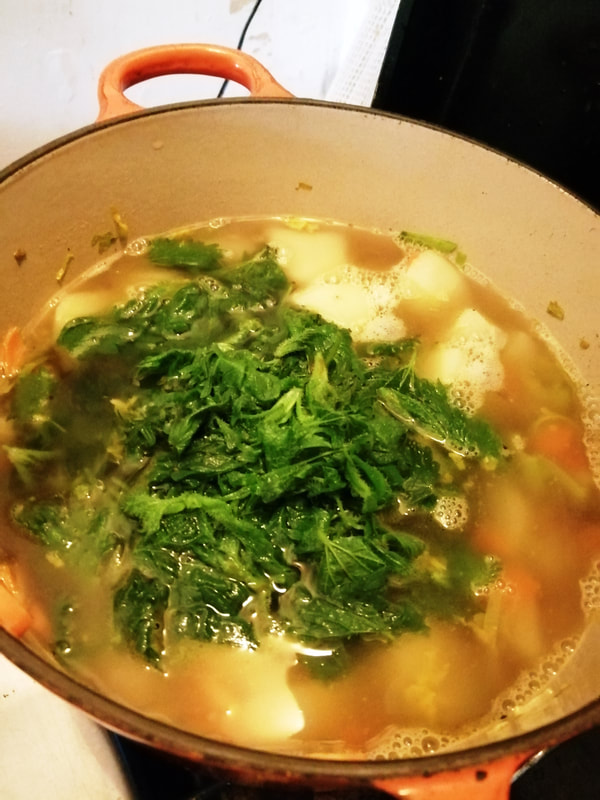
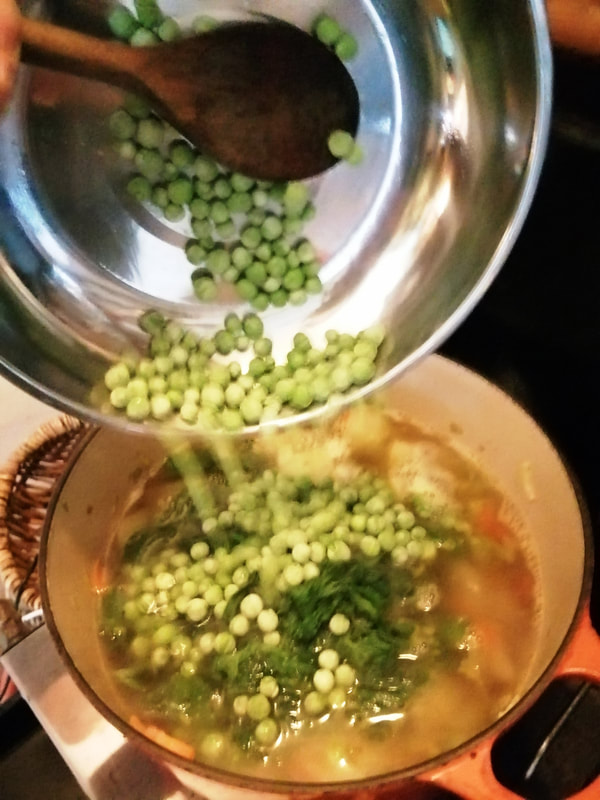
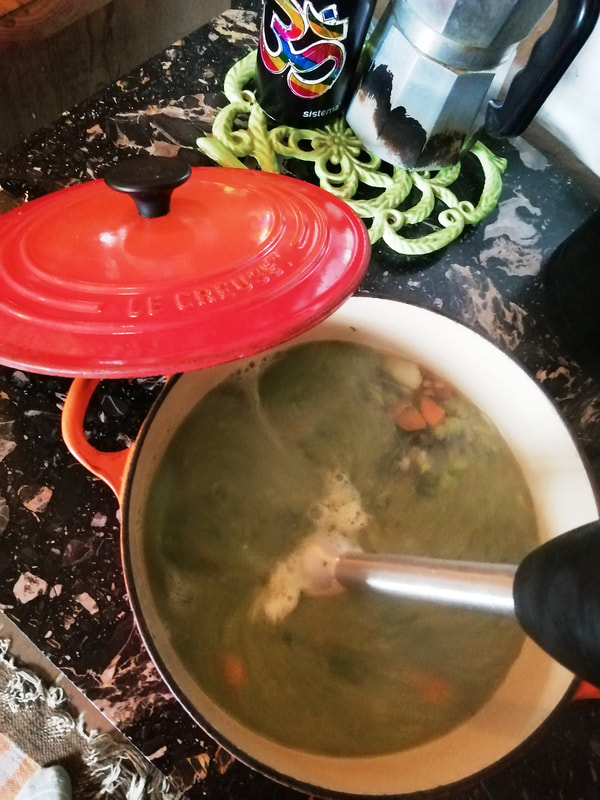
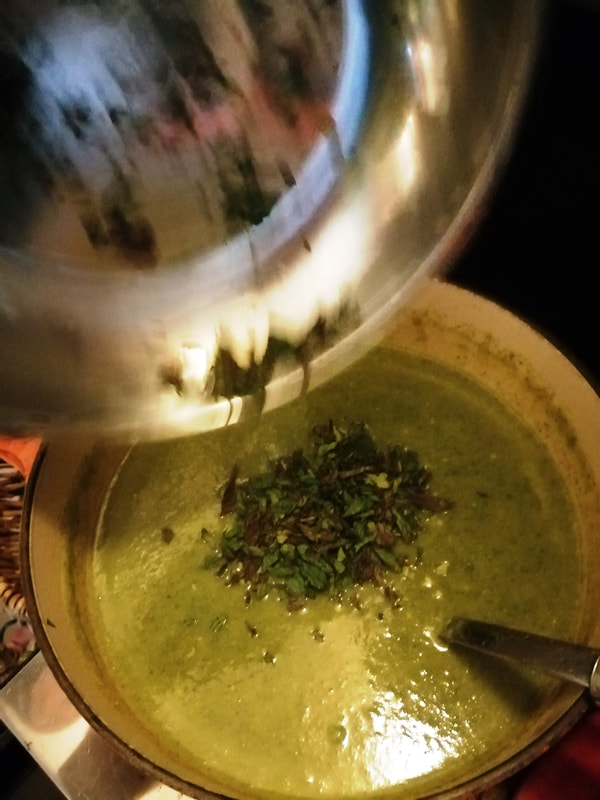
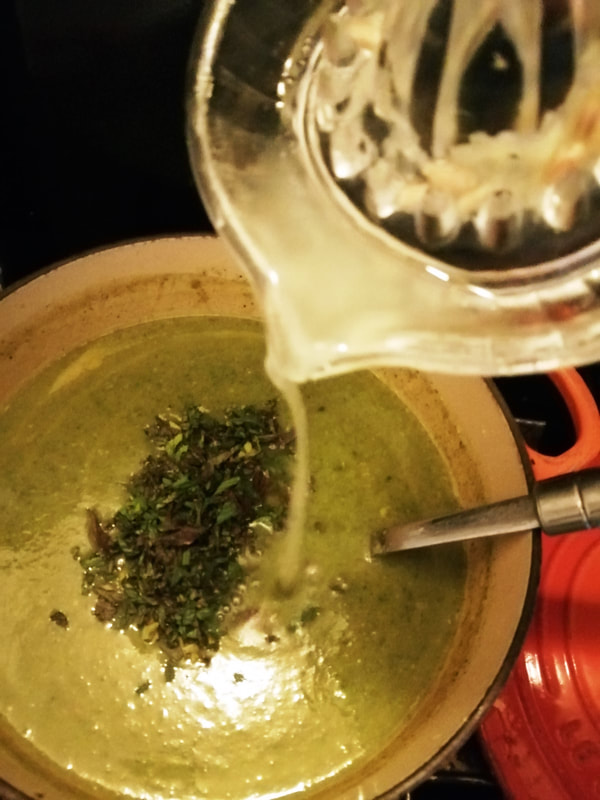
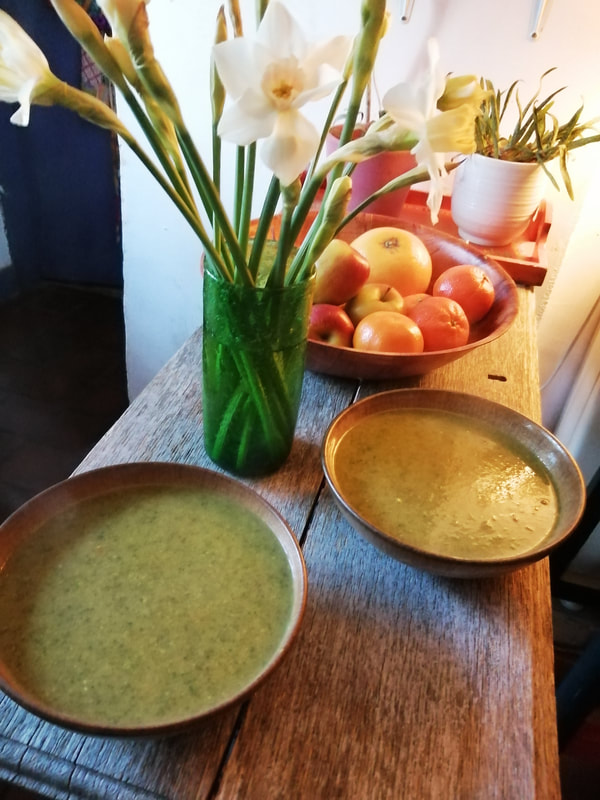
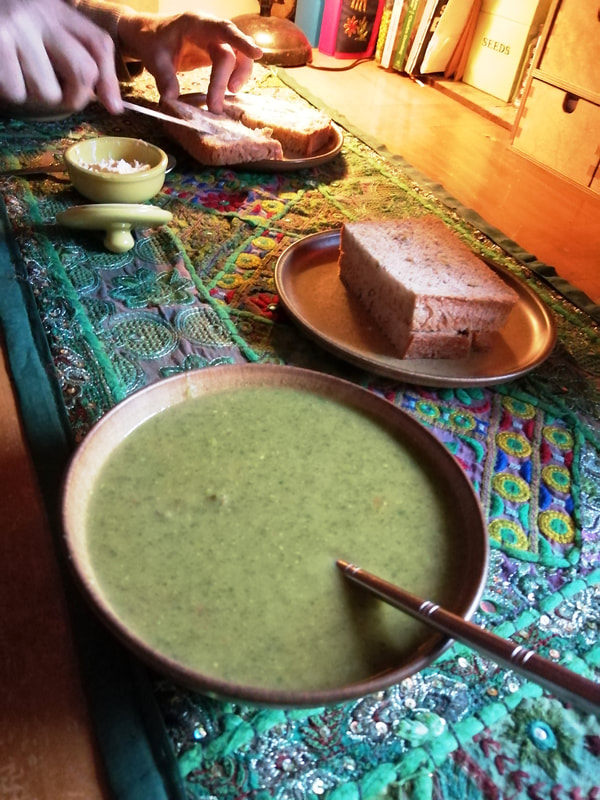
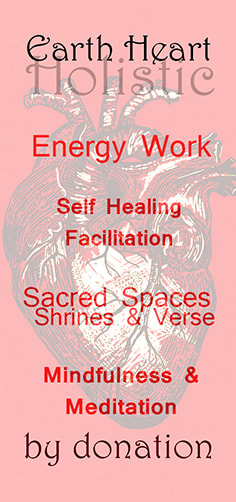
 RSS Feed
RSS Feed
